In early 2011, my wife and I visited Jordan on a private press trip with Visit Jordan. We had 12 beautiful days to discover this country to bring you this list of the 15 places you must visit in Jordan.
It is an Arab country located between Saudi Arabia, Iraq, Syria and Israel and is one of the most progressive of the Middle Eastern countries. It is ruled by King Abdullah II who took the title in 1999.
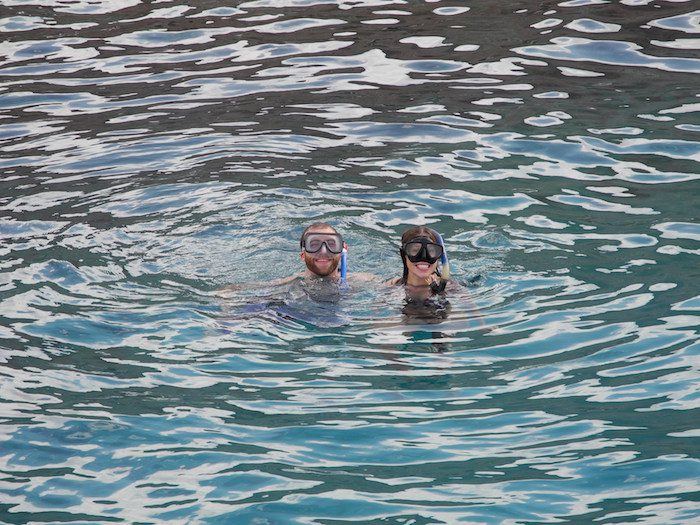
Most Jordanians are Sunni Muslims with around 40% having Bedouin heritage, whose ancestors lived a nomadic lifestyle in tents and raising livestock while visiting the towns to sell crafts. There are also many other cultures from the area and the world adding their own essence to the country.

Jordan isn’t so large, only around 35,000 square miles with around half being desert. There are three main terrain types – the Jordan Valley, the Mountain Heights Plateau and the Badia Region. The most fertile area is the Jordan Valley, the west of the country where the Jordan River meets the Dead Sea and is the location of the only seaport, Aqaba. The Mountain Heights Plateau is the most populated area including the cities of Amman and Jerash while the Badia Region is the desert area.
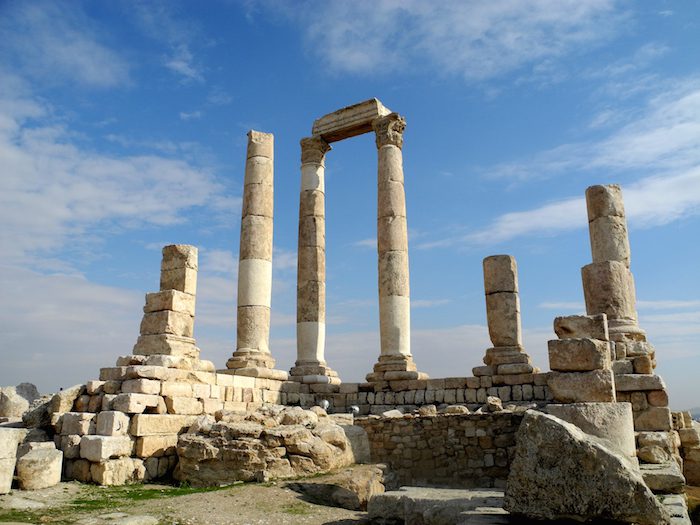
Amman is the capital of Jordan and one of the oldest inhabited cities in the world. People first arrive there back in Neolithic times, 8500 BC and later cultures such as the Assyrians, Persians, Macedonians and the Romans all occupied it. Today, the city is one of the most liberal in the Middle East boasting a modern infrastructure and a thriving tourism industry. This makes it a great place to stick around for a day or two when you arrive in Jordan.
Check out our article What to See and Do in Amman, Jordan

For culture fans, you can see the Roman Citadel and Theatre as well as the Al-Husseini Mosque. The city is also great for shopping with dozens of large shopping malls as well as outdoor markets. The Gold Souq is the best place to jewelry, fine and gilded. Because of its central location, the city is also an excellent base to spread out and explore other parts of Jordan.
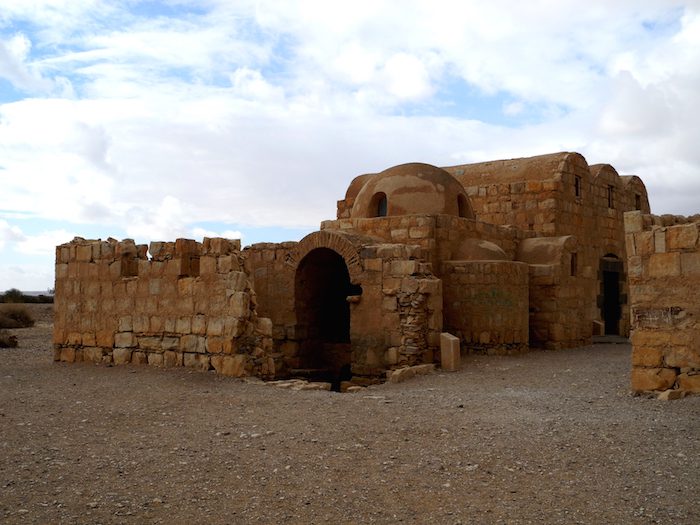
Azraq is a small town around an hour’s drive from Amman to the east, along Road 30. This was a main oasis town that was once the Azraq Wetland Reserve, an important stopping place for travelling caravans. But the wetlands dried up in the 1990s and the government were forced to artificially fill it to save the town and its industries.
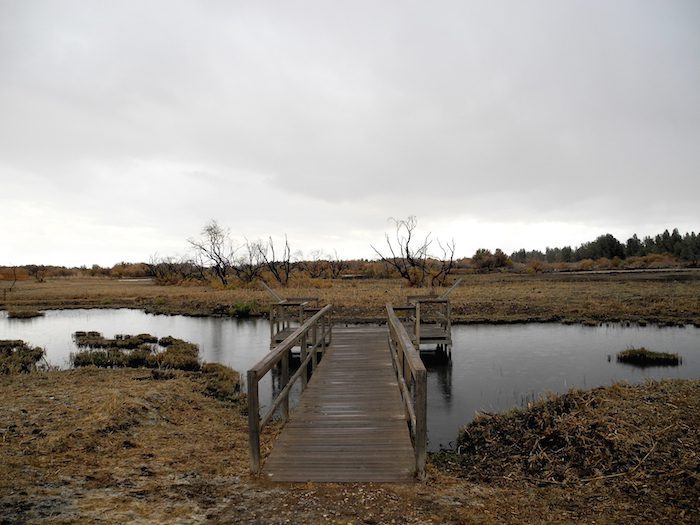
Unfortunately, the loss of natural water led to a negative impact on the indigenous bird and animal populations. To combat this, a 12-square kilometer protection zone was created. Visitors can hike along the trails and stay overnight in the Azraq Lodge, a former British military hospital from the 1940s.
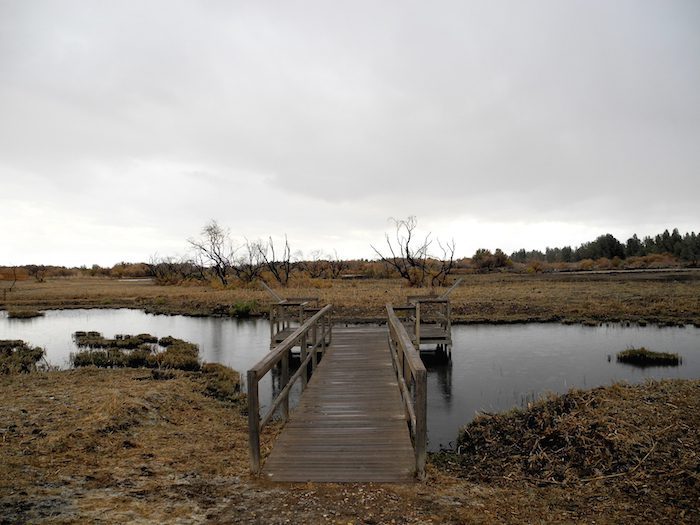
The Royal Society for the Conservation of Nature is entrusted with conserving the Azraq wetlands. Visit RSCN for more information about visiting the Azraq Wetland Reserve. To stay at the Azraq Lodge, contact the RSCN directly at azraqtourism@rscn.org.jo (Tel +962 5 383 5017)
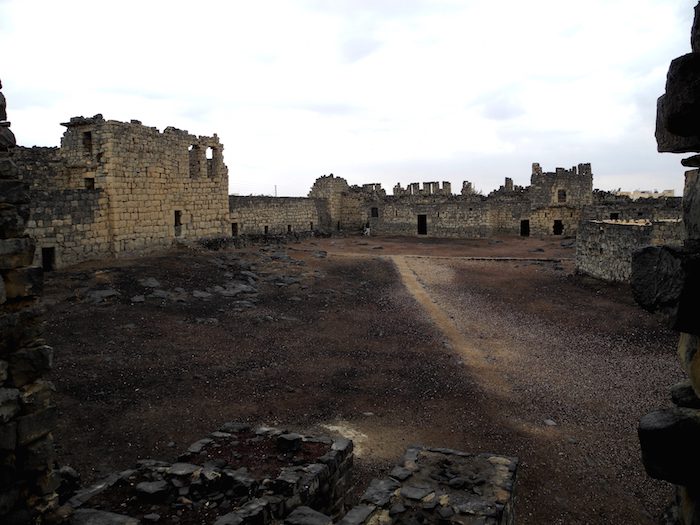
There are also two castles in the town, Qusayr ‘Amra, a Word UNESCO Heritage site that was built by Caliph Walid I as a bathhouse and the black Qasr al-Azraq, a 13th century black basalt stone castle. The first is a great place to see frescoes featuring wild animals and people as well as the dome of the steam room with its amazing map of the heavens. The second was built by the Romans and renovated by the Mamelukes. It was later used by Lawrence of Arabia as a fortress during the Great Arab Revolt.

Jerash is north of Amman by around an hour on Road 35 and is the location of the largest Roman ruins in the Middle East, the city of Gerasa. People have lived in the area since the Bronze Age and the Romans captured it in 63BC. It became a booming trade center and survived the Persian invasion before being destroyed in an earthquake in 749 AD.
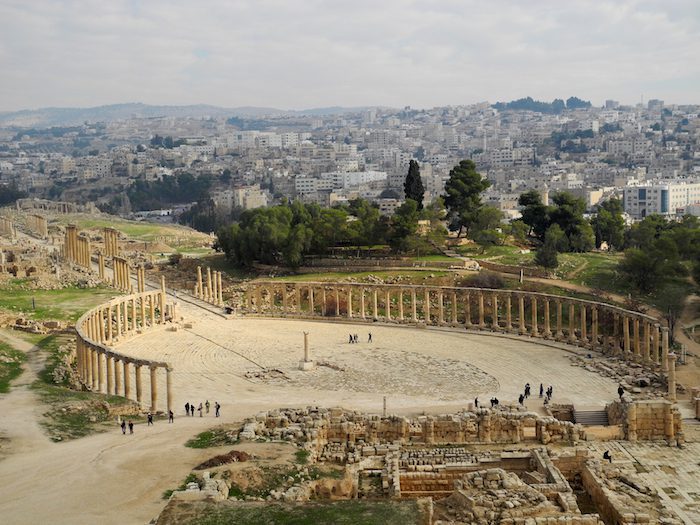
This was one of my favorite Roman settlements to visit as it is an impressive, large site. There is a central square, Theatre and the columns along Cardo Maximus which are a prime photography opportunity.
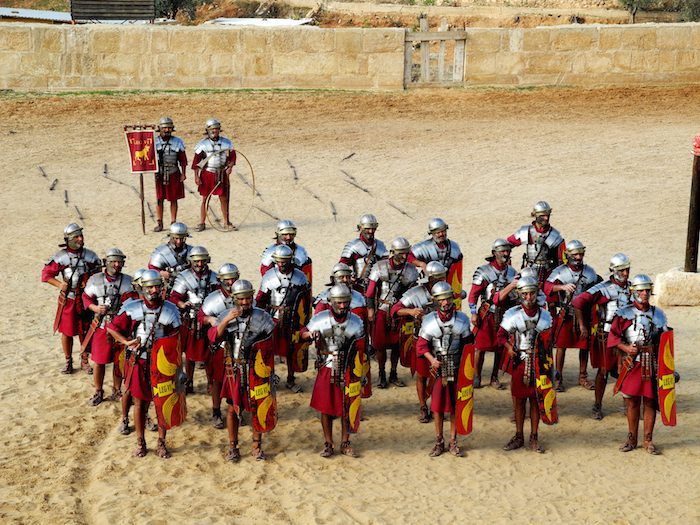
There is also a chariot show in the hippodrome that is worth catching and the re-enactments lets visitors see the amazing spectacle of Roman legions, with legionnaires in full dress. Don’t forget to take a little cash as if you ask actors to pose for photos, they will expect a little tip.
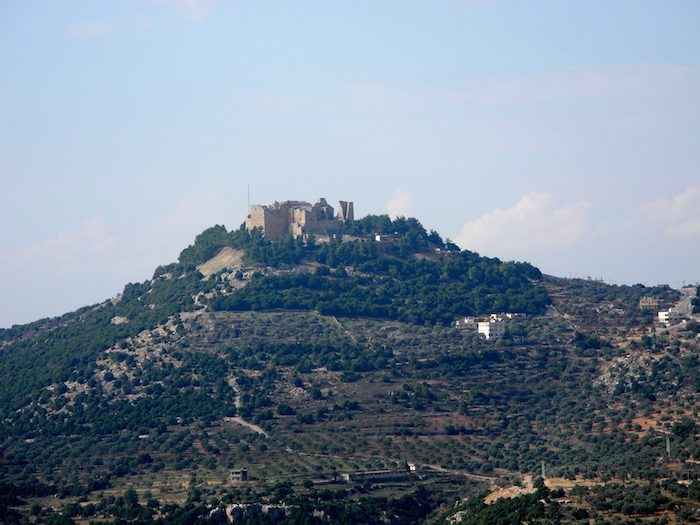
Ajloun is 20 miles west of Jerash so great to do on a combined trip. This small, hilly town has a mixed Muslim and Christian population and its main attraction is the Ajloun Castle that sits on the hill above it. It was built to protect against Crusader attacks and to look after the iron mines in the area as well as the trading routes with Syria that passed by.
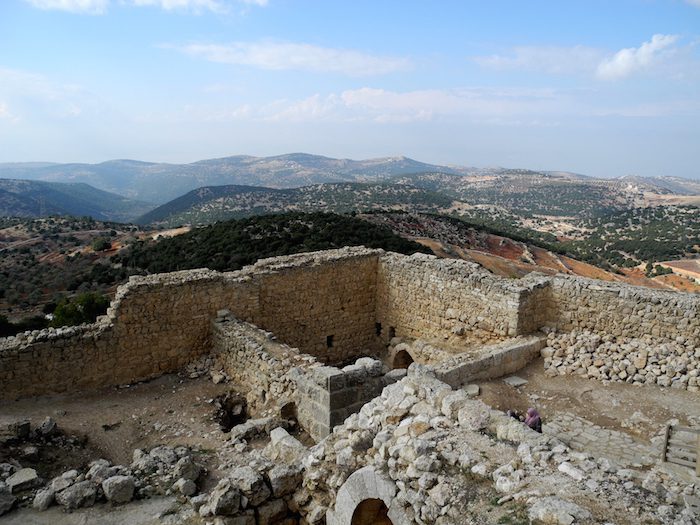
The castle fell out of use in the 13th century and was transformed to an administrative center by the King of Aleppo and Damascus, Yousef ibn Ayoub. Later, the Ottomans used it to store crops and house troops.
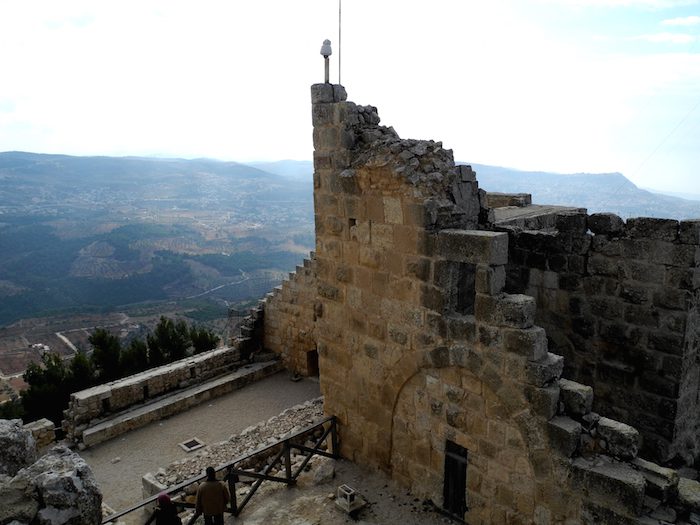
The castle was damaged by earthquakes in 1837 and 1927 but it currently being rebuilt under an initiative by the Department of Antiquities. Around 70% is intact and there are even some unused cannon balls to see while the view from the castle is definitely photography-worthy.
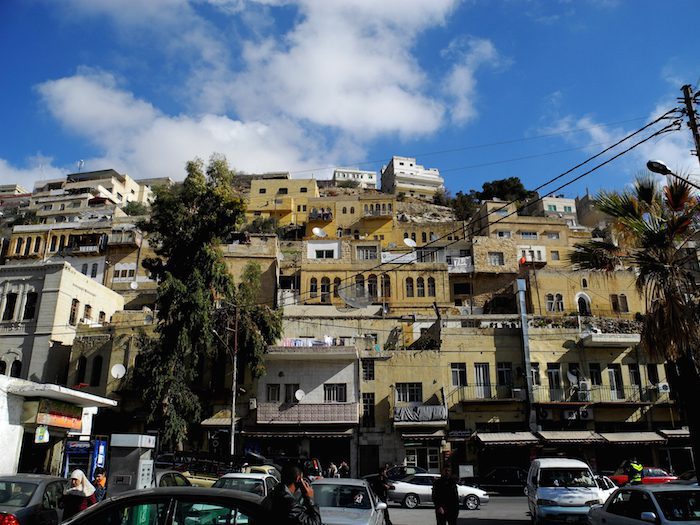
Travel 25 minutes west of Amman and you will find the town of Salt. The town was said to have been founded by Alexander the Great and became an important Byzantine settlement before being ravaged by Mongols and rebuilt by the Mamelukes. It was a key Ottoman administrative center and the capital of the independent Transjordan before the more centrally located Amman was chosen in its place.
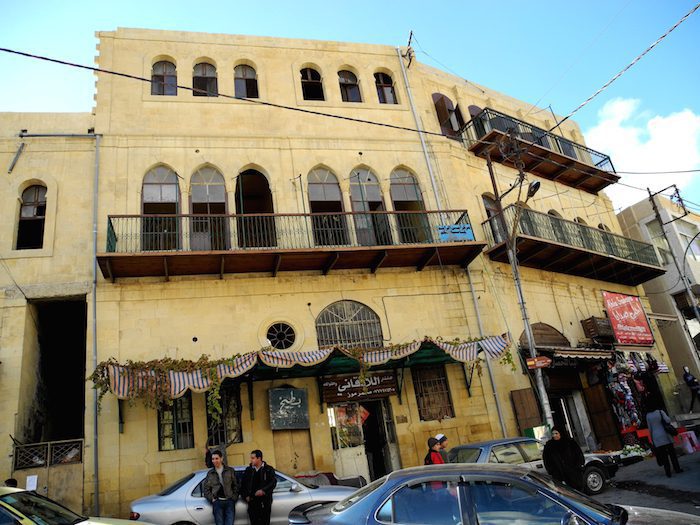
The town is ideal for a day trip, walking around and enjoying the architecture. There are lots of Turkish touches from the Ottoman period including minarets and long-arched windows. It is also said to be the resting place of Job and Jethro, father in law of Moses.
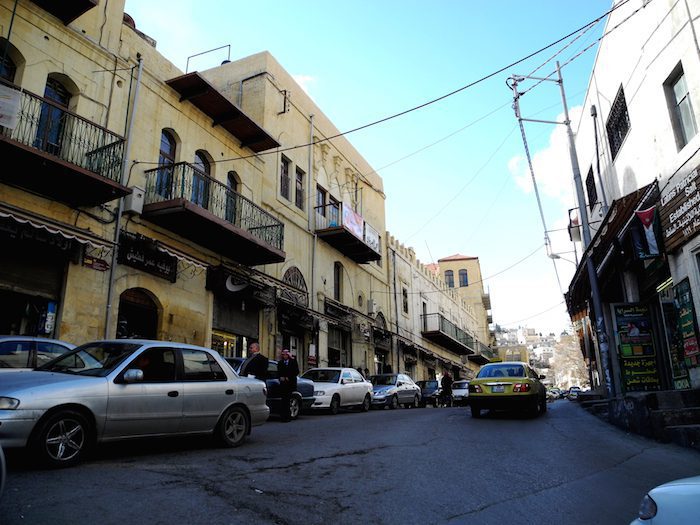
The Department of Antiquities Museum is worth visiting as there is pottery dating back to 4500 BC as well as Byzantine mosaics and lots of photographs. There is also a museum in the Salt Cultural Centre alongside a handicraft school teaching silkscreen painting and weaving.

Petra sits on the slopes of Mount Hor and is an ancient city that is known as the Rose-Red City due to the color of the sandstone around it. The city was built in the 6th century BC as the capital of the Nabataean people and included a sophisticated water control system and an artificial oasis. It fell to the Romans in 106 AD when stories tell that the water was poisoned.
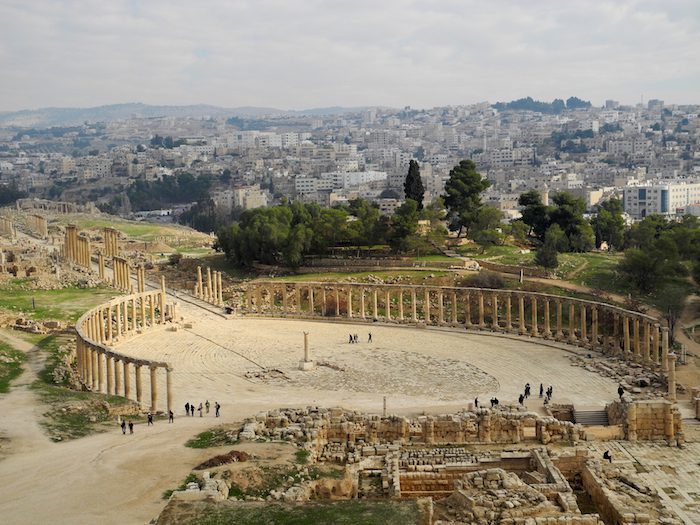
There are still plenty of sights from different historic periods to view today including the Byzantine church and the Roman ruins. The famous water system was crippled by an earthquake in 363 AD and much of the famous carvings of the city weren’t uncovered until 1812 when a Swiss explorer uncovered it. Since then, it has been declared a World Heritage Site and has been featured on many films including Indiana Jones and the Last Crusade and Arabian Nights.
Check out our article 15 Things to See in Petra, Jordan

We hired a reputable tour guide to take us around the site and would recommend that you do the same. Most of the guides will meet you at the ticket office to walk you through the structures and caves of the city. It costs around 50 JD per person, so is a little pricey but is definitely worth it. Turn up early as the site gets very crowded and very hot during the day plus the extra time is key to fitting everything in.

Don’t forget to carry extra cash for tipping or if you buy any souvenirs. The Bedouins operate much in the park and prefer cash, though a tip of 1 or 2 JD will be fine. Remember to bring a hat and good sand-proof walking shoes!

To the north of Petra is Al Beidha or Little Petra. Just five miles away, this is a smaller version of the grandeur of Petra and is a great day trip when visiting the main city. It is thought to have originally been a suburb of Petra and was an important commercial center for the Nabataeans.

A trip to Little Petra allows you to admire the beautiful countryside around it and also the views over Petra itself during the journey. There is a Neolithic village called Beidha that is worth checking, although not as inspiring as some seen elsewhere. There are some impressive regal tombs and a water channeling system that mimics the one used in Petra as well as more of the stunning sandstone buildings.
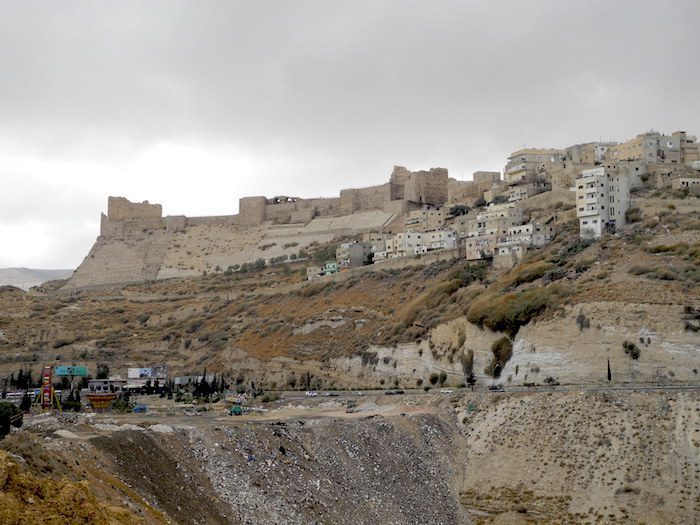
Karak is a former crusader stronghold that is one and a half hours north of Petra. It sits on a triangular plateau with valleys all around and glimpses of the Dead Sea to the northwest. The area has plenty of history and was inhabited since around 1200 BC. It was known in the Bible as Qer Harreseth then was conquered by the Romans in 105AD. Later it was part of the Byzantine Empire and came under Christian rule where it housed the Church of Nazareth.
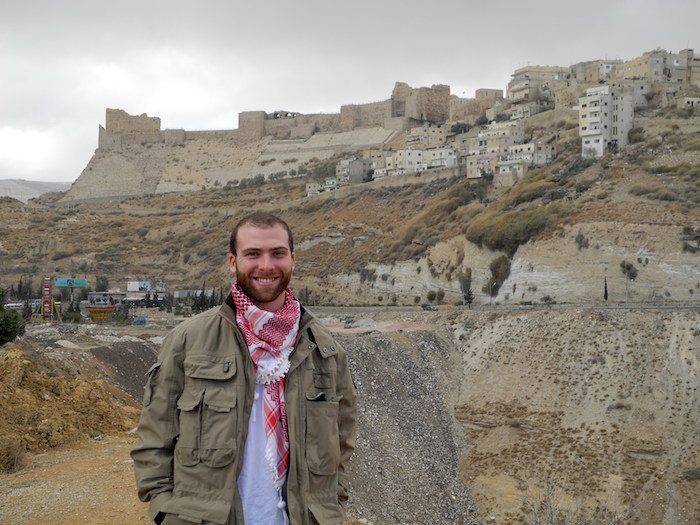
Karak Castle was added in 1142 at the southern tip of the plateau, close to the Dead Sea. It controlled trade routes and Bedouin herders and was renovated as each different group took control of it so features Crusader era, Arab, European and Byzantine elements. It has the size but lacks the sophistication of some of the castles in the area. There is also an Archaeological Museum within the castle. A visit to Karak isn’t complete without trying the local traditional lamb dish, known as ‘mensaf’ which is made with fermented yoghurt and served with rice.
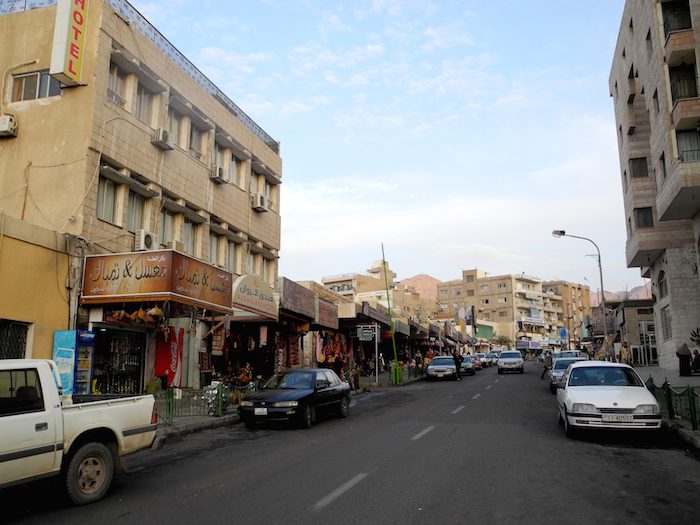
Aqaba is Jordan’s only seaport and is far to the south of the country. Inhabited since 4000BC, the city was known as Ezion-Geber in the Bible and was later part of the Roman occupation and then important during the Islamic era. During this time, creation of the city of Ayla began but failed – there are ruins to visit that are all the remains of the project. Ayla was famous as one of the ports visited by Sinbad during the Arabian Nights stories.

In the 16th century, the town fell to the Ottoman Empire and saw a period of declined. World War I saw it revive and return to an important seaport. During the Arab Revolt, forces led by T.E Lawrence and Sharif Hussein outed the Ottomans and the city became a part of Jordan.
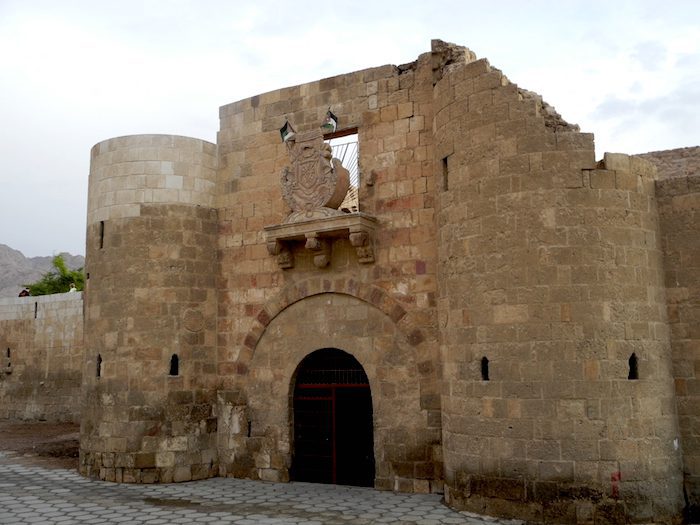
Today, the city is a thriving university city with six within its boundaries, including the Red Sea Institute of Cinematic Arts, offering the only masters of fine arts program in the Middle East and North Africa. It also boasts the Aqaba Flagpole, the third largest free standing flagpole in the world, erected in honor of the Arab Revolt.
Check our our article 5 Things to Do in Aqaba, Jordan
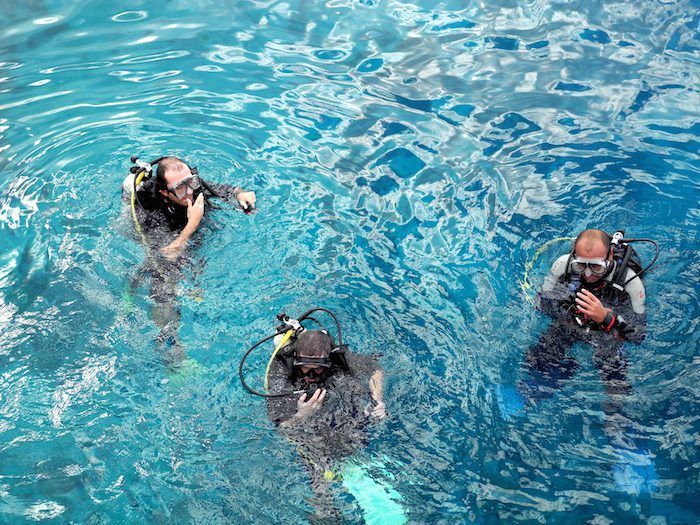
Aqaba now received most all of the country’s imports and is a center for exports including phosphate and shells. The stunning coral reefs are worth visiting and there are lots of water sports to enjoy. The town has a fun-in-the-sun type culture that makes it a popular tourist spot.
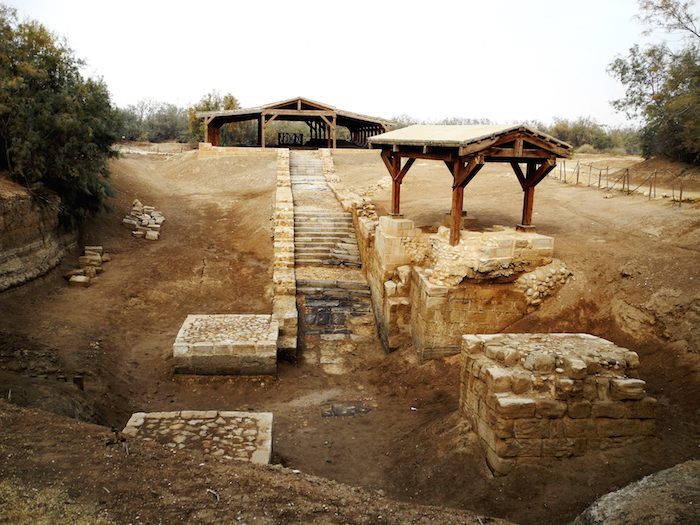
Wadi Rum is also known as the Valley of the Moon and is around one hour to the south of Aqaba that looks more like the surface of the Moon than anywhere else on Earth. The desert is surrounded by black granite mountains and has been inhabited since prehistoric times. Petroglyphs and pictograms can be seen on the rocks dating back 2,500 years. It has also been used for several films including Lawrence of Arabia and Transformers; Revenge of the Fallen. It even doubled for Mars in Red Planet.
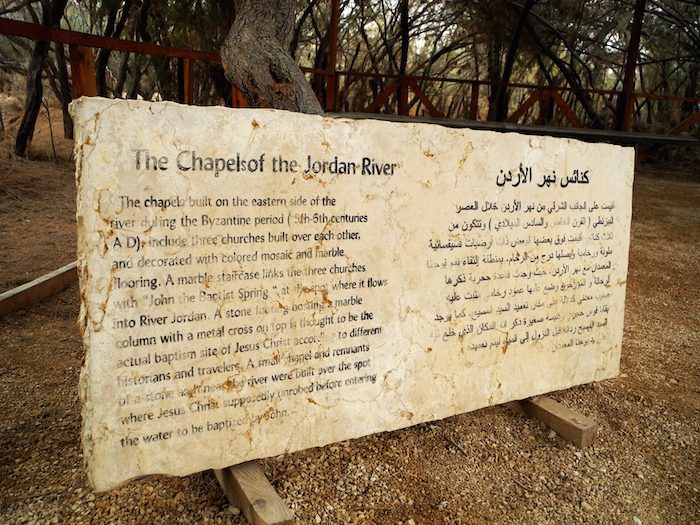
Today, the area is home to the Zalabia Bedouin who make a great industry from eco-tourism. Visitors arrive at the Tourist Centre with its welcome pavilion and then head out to tour the location. Watch for the Seven Pillars rock formation, a mountain with seven deep vertical ridges. A 4×4 vehicle with a guide is the best way to see more of the area, including the orange sand dunes with their weirdly shaped rocks.
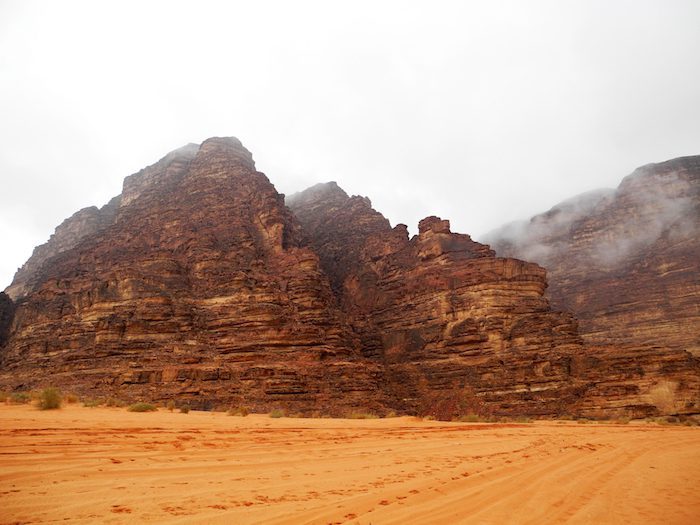
Part of the tour includes stopping at the black Bedouin tents where you can purchase tea, souvenirs or take a camel ride. Watch for the carving of the face of Lawrence of Arabia – guides will often take you close enough to take pictures.

The Bedouin are friendly and welcome, masters at the tourism business and happy to share their culture which makes the visit a unique one. On returning to the pavilion, we ate in the restaurant which serves traditional Jordanian cuisine including fried fish, lamb with rice and kebabs.

I would recommend that you reserve your guide in advance to ensure you don’t miss out. Some guides will help bargain on prices for you with the Bedouin and ensure you see the best of the place. To truly experience the Bedouin culture, you can even arrange to stay in their camp, meals included. Prices are usually around 25-30 JD per person for this.
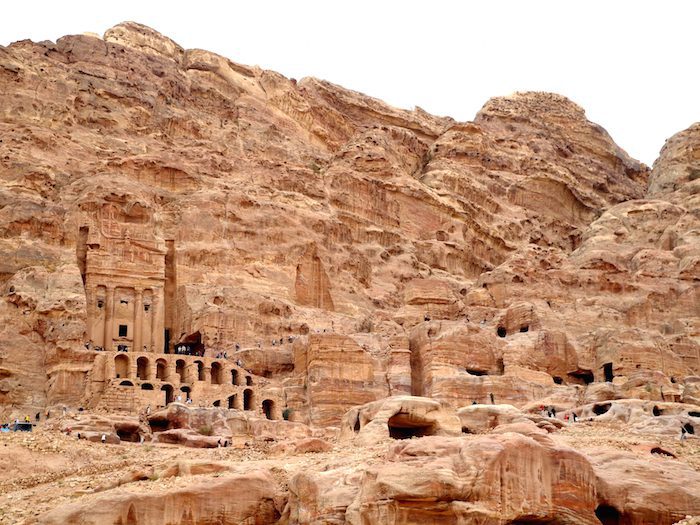
The Dead Sea is one of the most famous attractions in Jordan and sits on the border with Israel and the West Bank. Despite its name, it is actually a salt lake rather than a sea is at 1388 feet below sea level, is the lowest point of elevation on the Earth’s surface as well as the deepest lake of its kind.

The salt content is around 33% or nine times saltier than most oceans and this stops the growth of any forms of life, hence its name. However, the mineral rich waters encourage an abundance of life around the lake.
Check out our article Things to Do in the Dead Sea, Jordan
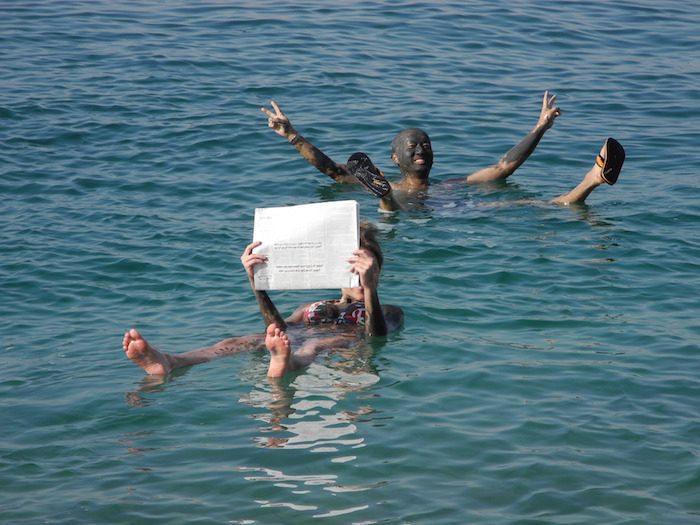
For centuries, the healing properties of the waters have been well known and brought travelers including King Herod the Great who came in the 1st century BC. The salts and mineral rich mud as well as the high atmospheric pressure and lower UC light levels all help with a variety of conditions and the lack of allergens and contaminates make it a haven for sufferers. Minerals from the sea have been exported and used for centuries, including to embalm Egyptian mummies and as fertilizer.
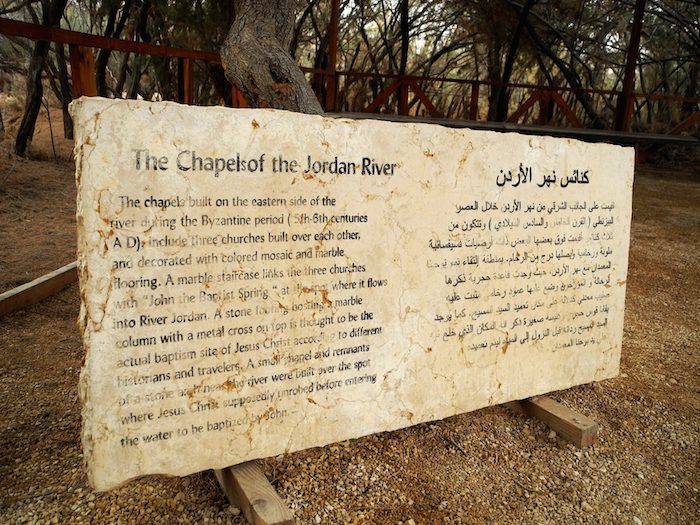
In the Bible, there are references to the people that lived in the caves around the Dead Sea, known as the Essenes of Qumran. The library of scrolls known as the Dead Sea Scrolls were found in the area in 1947, numbering some 900 texts and the subject of much religious debate since.
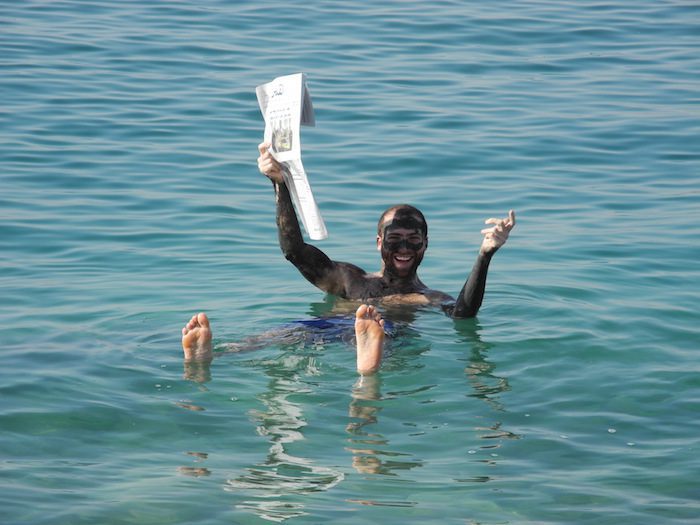
Highway 90 reaches the Dead Sea and at 1289 feet below sea level, it is the lowest road in the world. Sadly, the lake has been receding in recent years as water has been diverted from the River Jordan. A program was instituted in 2009 to prevent this and to restore the waters, although its success is still somewhat uncertain.
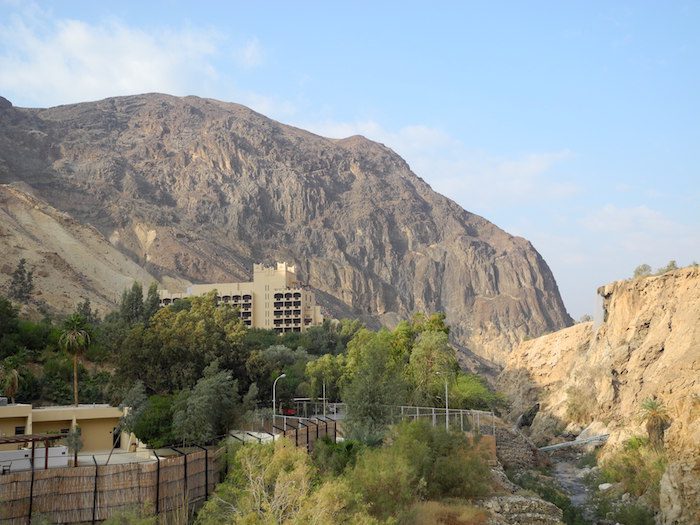
Ma’in is one of the oldest thermal baths and offers a luxurious experience for all visitors. The hot springs are 264 meters below sea level and are fed by a series of amazing waterfalls. The waters sit at around 110 degree Fahrenheit.

One of the most idyllic spots to stay in Ma’in is the Evason Ma’in Hot Springs Resort. Tucked away along a winding road, this hidden spot has 94 rooms and suits as well as two elegant royal suites and a honeymoon suite with panoramic views of the waterfalls and canyons. The hotel is also well equipped with a gym, library, bars and restaurants and, of course, their Six Senses Spa. You can opt for an upgraded experience with the spa that offers signature treatments from highly trained staff and is a great contrast to the steamy hot springs.
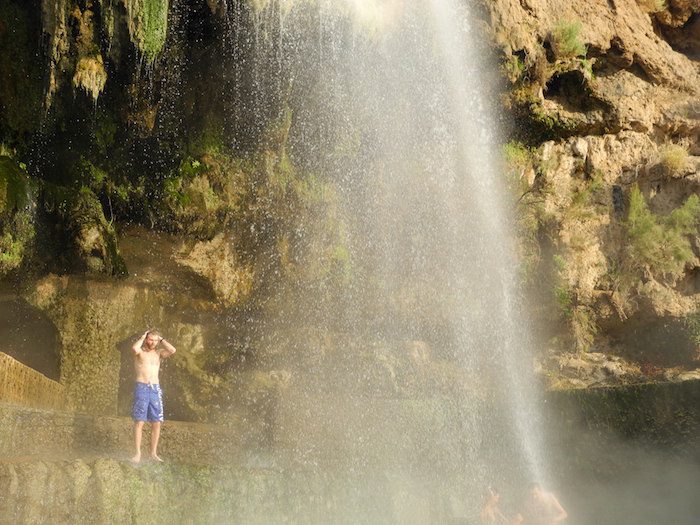
The food at the resort was also very impressive with a la carte and buffet-style menus on offer. The staff are very willing to help and even people with allergies, eating requirements or simply a specific taste in food will always find something to enjoy.
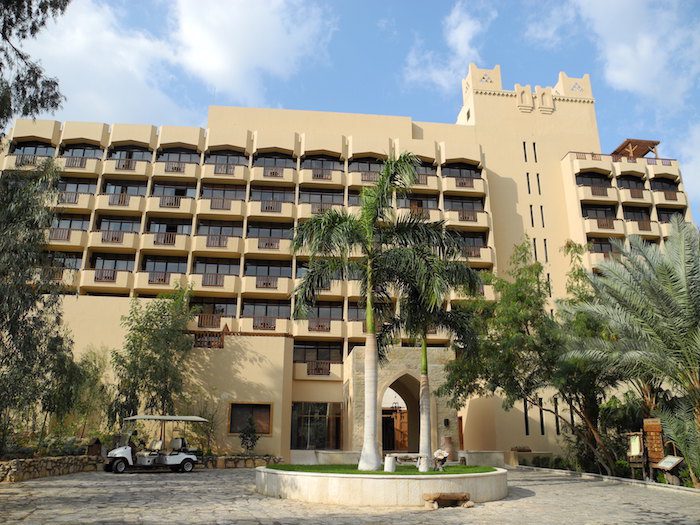
Away from the resort and spa, the area is a great place for bird watching with the abundant flora and fauna meaning there are plenty of wildlife photography opportunities.

Madaba is around an hour to the east of the Dead Sea and is known as the ‘mosaic city’ of Jordan. There are dozens of mosaics to be seen around the city that date back to Roman and Byzantine times. The city itself is even older, originally a Moabite border town referenced in the Bible as Medaba and known for its rich farmland. This encouraged others to try and take over the city, including the Ammonites and Israelites.
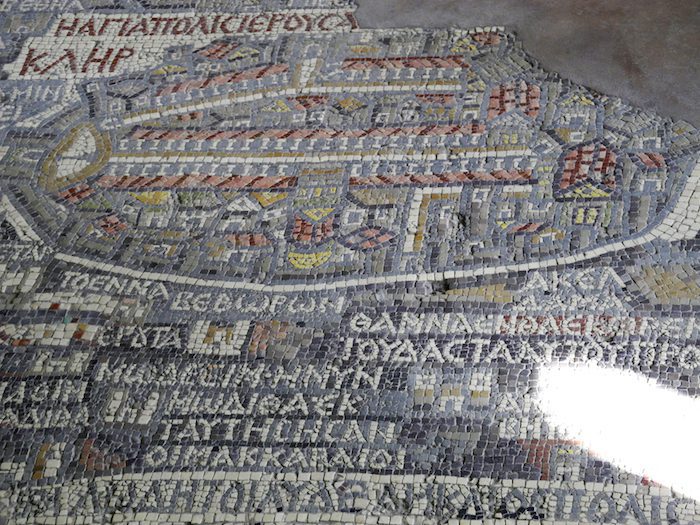
The Romans arrived in 106 AD and the city saw a cultural revival. This continued under the Byzantine Era and there was a great deal of building work undertaken including churches and elaborate buildings decorated with mosaics.
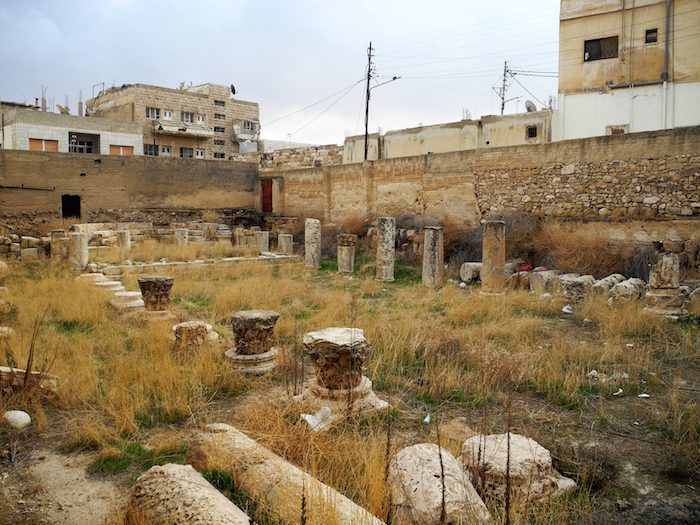
The best of them is the Madaba Mosaic Map in the Saint George Greek Orthodox Church – it features over two million hand cut stones and is the oldest surviving map of the Holy Land. It once covered the whole floor but only part of it survives. Other worthwhile mosaics to see include in the Archaeological Museum and the Church of the Virgin and the Apostles.
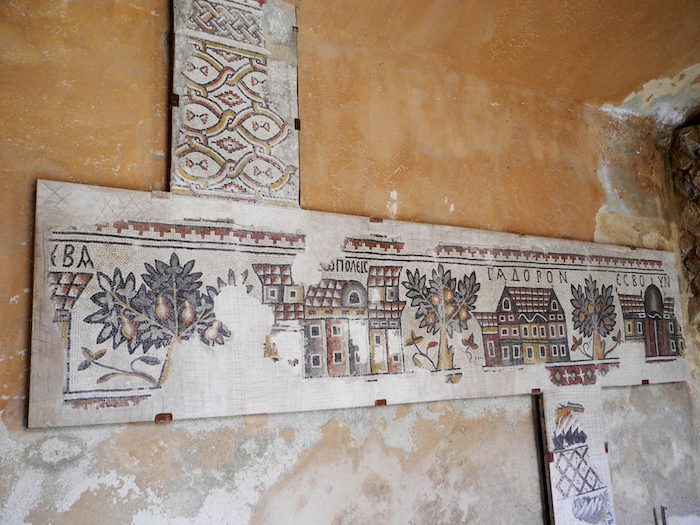
Another hot spring is close to the city, Hammamat Ma’in and this is definitely worth a visit while you are in the area. For a meal, I would recommend dining at Haret Jdoudna.
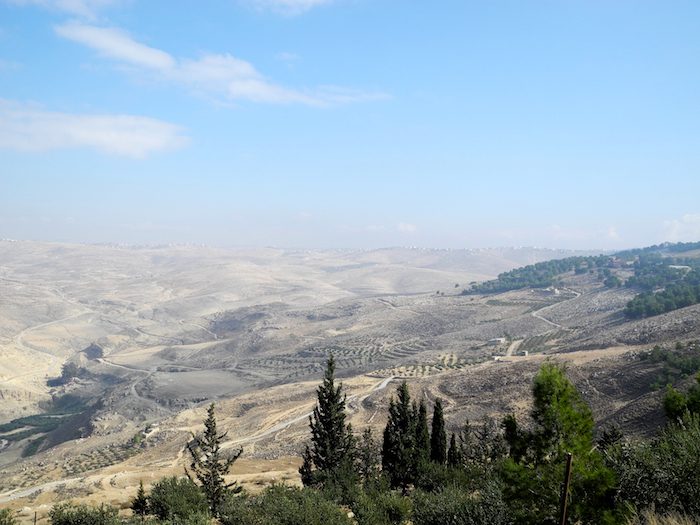
Mount Nebo is in the west of Jordan and is a place closely associated with the Bible as it was here that Moses was said to have seen the Holy Land for the first time and later to have been buried by God himself.
“And Moses went up from the plains of Moab to Mount Nebo, the top of Pisgah, which is opposite Jericho.”
(Deuteronomy 34:1)

Jeremiah is also linked to Mount Nebo; he is said to have hidden the Ark of Covenant and the tabernacle in a cave in this mountain.
“It was also in the writing that the prophet [Jeremiah], having received an oracle, ordered that the tent and ark should follow with him, and that he went out to the mountain where Moses had gone up and had seen the inheritance of God. And Jeremiah came and found a cave, and he brought there the tent and the ark and the altar of incense, and he sealed up the entrance…”
(Maccabees 2:4-5)
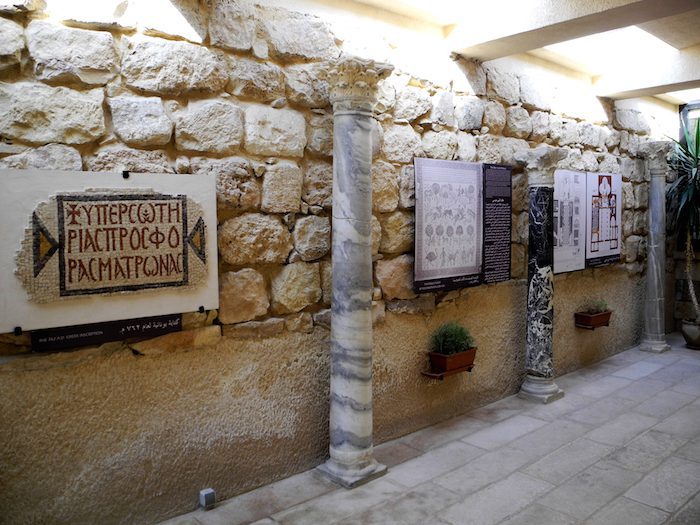
The highest point is called Syagha and visitors here can see the remains of a 4th century church commemorating Moses. There is also an amazing view of the Holy Land from the spot as well as the River Jordan and even as far as Jericho and Jerusalem on clear days. The Serpentine Cross Sculpture can be seen by the ruins of the church, the creation of Italian sculptor Giovanni Fantoni and symbolizing the bronze serpent created by Moses in the wilderness.
“They traveled from Mount Hor along the route to the Red Sea, to go around Edom. But the people grew impatient on the way; they spoke against God and against Moses, and said, “Why have you brought us up out of Egypt to die in the wilderness? There is no bread! There is no water! And we detest this miserable food!”

Then the Lord sent venomous snakes among them; they bit the people and many Israelites died. The people came to Moses and said, “We sinned when we spoke against the Lord and against you. Pray that the Lord will take the snakes away from us.” So Moses prayed for the people.
The Lord said to Moses, “Make a snake and put it up on a pole; anyone who is bitten can look at it and live.” So Moses made a bronze snake and put it up on a pole. Then when anyone was bitten by a snake and looked at the bronze snake, they lived.”
(Numbers 21:4-9)
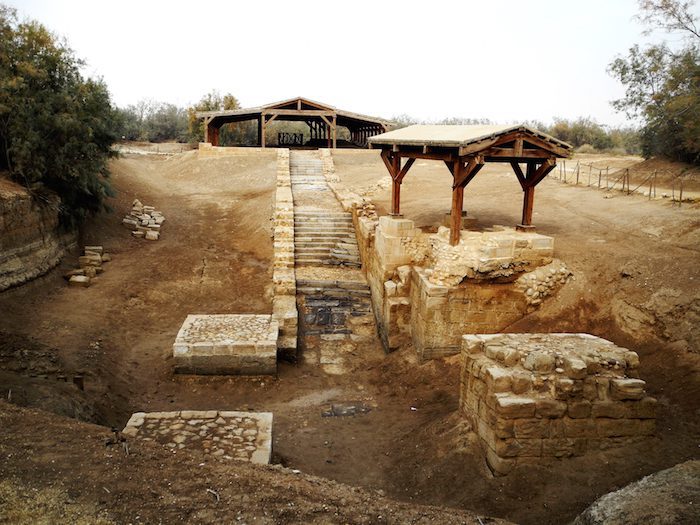
“Then Jesus came from Galilee to John at the Jordan to be baptized by him.”
(Matthew 3:13)
The Baptism Site of Jesus Christ is found on the east bank of the River Jordan and is considered one of the three holiest sites for Christians alongside the Church of the Nativity in Bethlehem and the Church of the Holy Sepulcher in Jerusalem. Each marks an important milestone in the life of Jesus Christ with the Baptism Site also being known as ‘Bethany beyond the Jordan’. It was also said to be the spot where Elijah was transport to heaven and where the Israelites first crossed to the Promised Land.

The site is an important one for believers and non-believers as there are five churches in various conditions to commemorate the events that took place there. It has been visited by many prominent Christian leaders including Pope John Paul II in March 2000. It is a protected area under the National Jordanian Park committee with all faiths welcome to visit.
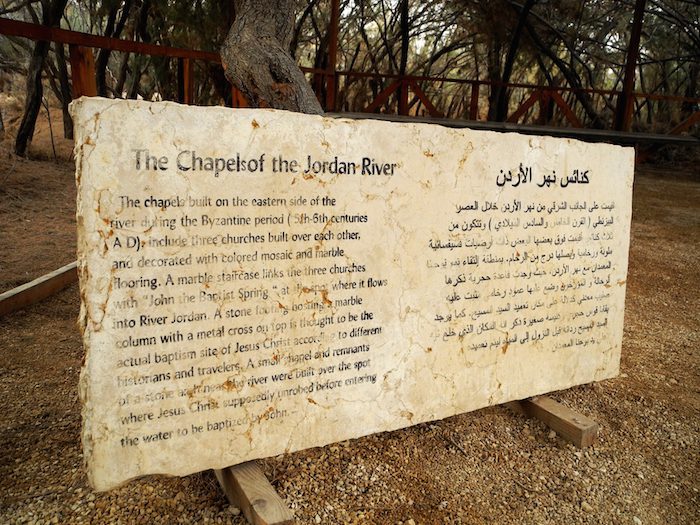
The site is open from 8am to 4pm daily in winter and from 8am until 6pm in summer. The entry fee is 12 JD which is paid at the ticket office. You can rent an audio guide of the site here to give you more information about the sights you will see. The walking distance covered is around 2 kilometers and there is special transport available for those unable to walk. 
Jordan may not be one of the biggest countries but it offers a number of very different places to visit that means there is something for every taste. The cities each have a unique character and offer the perfect mix of historical locations and modern conveniences. The other sites include amazing scenery, historical significance, religious importance and even the chance to improve your health.
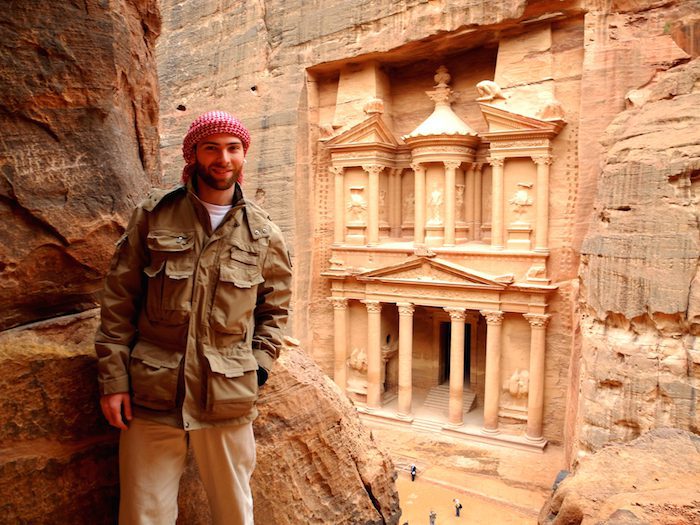
These are just 15 places you must visit in Jordan to give you a glimpse at the wonders of the country. Many can be combined during a vacation as they are relatively close together and there are many other spots that you may find yourself unable to resist during a visit.
Have you ever been to Jordan? Leave us a question or comment below about your must visit recommendations!
Counter
101 Countries • 1432 Cities